Airport delays can turn an exciting trip into a frustrating ordeal, but most travelers don’t realize how much control they have over their experience. Smart preparation and a few insider tricks can help you glide through airports while others get stuck in long lines or scramble to catch connecting flights.
Here is a list of 20 airport strategies that can save you hours of waiting and significantly reduce your chances of getting caught up in common travel delays.
Check In Online 24 Hours Early

Airlines typically open online check-in exactly 24 hours before departure, and setting a phone reminder for this moment can make a huge difference in your travel day. Early check-in gives you first pick of available seats and often allows you to skip long airport lines entirely.
Think of it like getting a head start in a race — those extra minutes of preparation translate into smoother sailing later.
Choose Your Seat Strategically
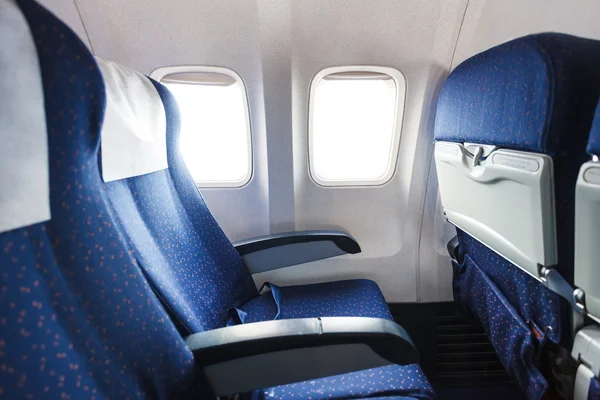
Aisle seats near the front of the plane aren’t just about comfort — they’re about speed. You’ll be among the first off the aircraft, which matters tremendously when you’re rushing to make connections or trying to beat crowds to baggage claim.
Window seats offer better views, but aisle seats offer better timing.
Like Travel Pug’s content? Follow us on MSN.
Pack Only Carry-On Luggage
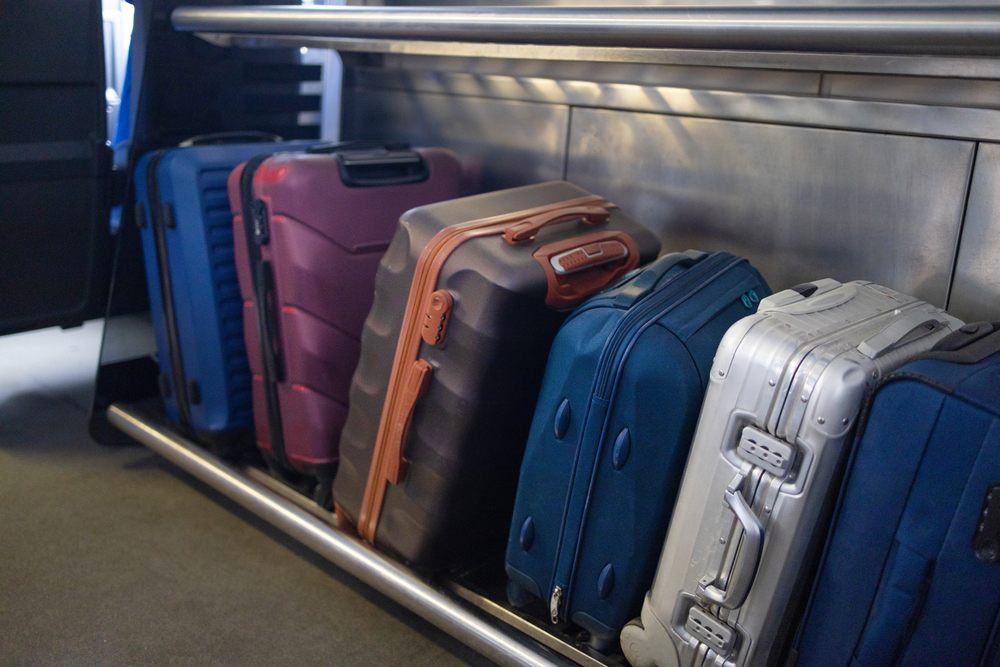
Checked bags are like that friend who’s always running late — they might show up, but you never know when. Carry-on only travel eliminates baggage claim waits, reduces the risk of lost luggage, and gives you the flexibility to switch flights if delays occur.
Plus, you can walk straight out of the airport once you land.
Arrive Early But Not Too Early

The sweet spot for domestic flights is usually 90 minutes before departure, while international flights need about 2.5 hours. Arriving too early means sitting around unnecessarily, but cutting it close creates stress and potential missed flights.
Airlines often close boarding gates 15–30 minutes before departure, so build in that buffer time.
Use Mobile Boarding Passes
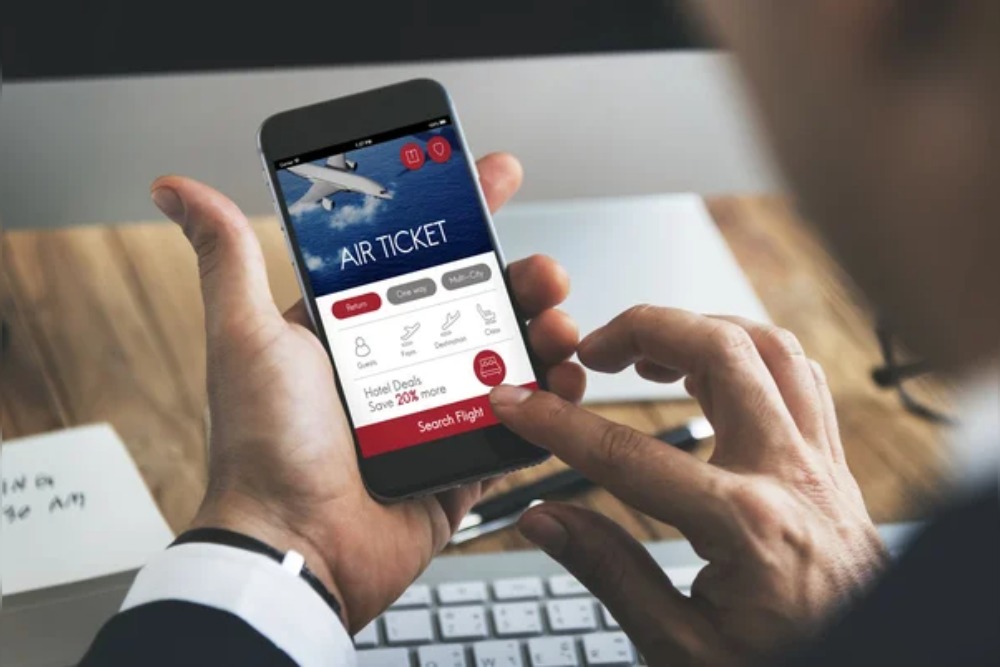
Paper boarding passes are like carrying around a flip phone in 2025 — they work, but they’re unnecessarily complicated. Mobile passes store automatically in your phone’s wallet, can’t get lost or damaged, and often scan faster at security checkpoints.
They also update automatically if your gate changes.
Like Travel Pug’s content? Follow us on MSN.
Download Airline Apps and Enable Notifications

Airline apps know about delays before the airport monitors do, sometimes by hours. These apps send push notifications about gate changes, delays, and boarding updates directly to your phone.
It’s like having a personal travel assistant who never sleeps and always knows what’s happening with your flight.
Study Terminal Maps Beforehand
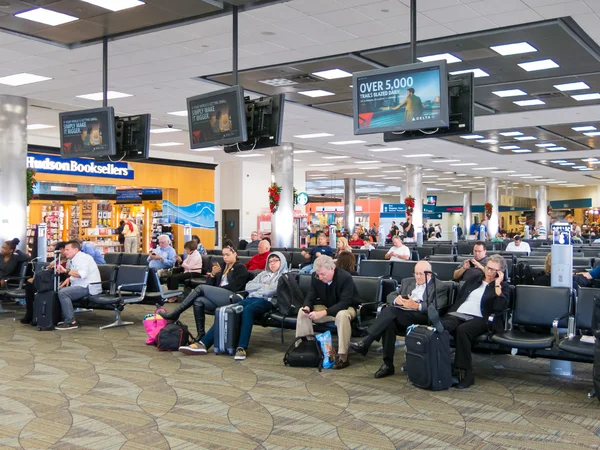
Large airports like Atlanta or Denver can feel like small cities, and wandering around lost eats up precious connection time. Most airport websites have detailed terminal maps showing security checkpoints, gate locations, and amenities.
Spending five minutes studying the layout can save you 30 minutes of aimless wandering.
Research Backup Flight Options
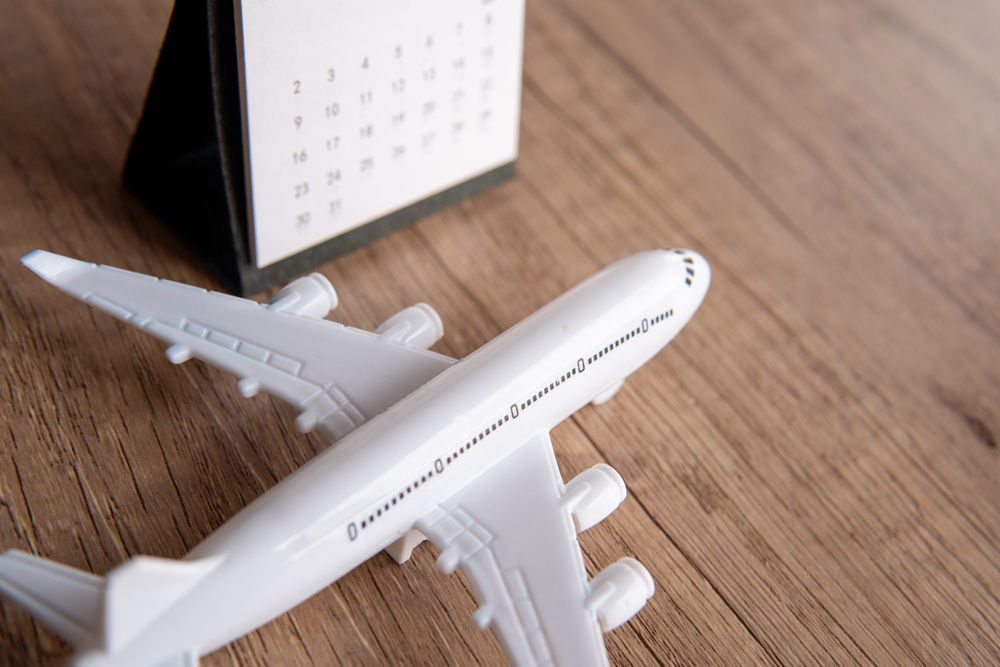
Before you even leave home, check what other flights are available to your destination throughout the day. Write down flight numbers and departure times for backup options, especially if you’re traveling during busy periods.
When delays hit, you’ll already know your alternatives instead of frantically searching while stressed.
Like Travel Pug’s content? Follow us on MSN.
Pack Essential Items in Your Carry-On

Even if you check a bag, keep medications, phone chargers, and a change of clothes in your carry-on. Flight delays often cascade into overnight stays, and having necessities with you can turn a major inconvenience into a minor bump.
Think of your carry-on as your survival kit for unexpected airport adventures.
Dress for Security Success

Metal belt buckles, complicated shoes, and layers of clothing slow down security screening and increase your chances of being pulled for additional screening. Slip-on shoes, minimal jewelry, and simple clothing choices help you move through checkpoints quickly.
Save the fashion statements for after you’ve cleared security.
Invest in TSA PreCheck or Global Entry

These programs cost about $100 and last five years, working out to roughly $20 per year for dramatically faster security screening. PreCheck lines are typically much shorter, and you can keep shoes, belts, and light jackets on while going through security.
For frequent travelers, this investment pays for itself in time savings within just a few trips.
Like Travel Pug’s content? Follow us on MSN.
Avoid Peak Travel Days and Times
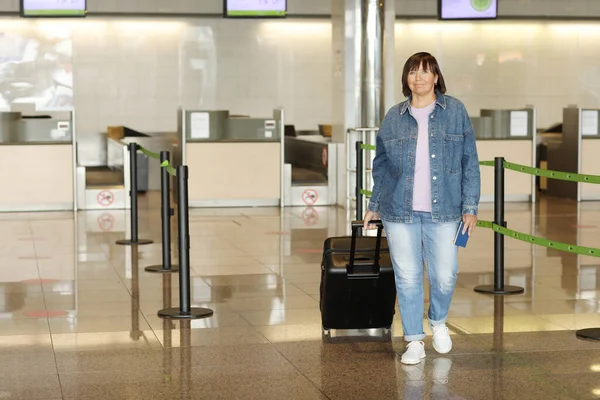
Flying on Tuesdays, Wednesdays, and Saturdays typically means fewer crowds and delays compared to Monday mornings or Friday afternoons. Early morning flights also face fewer delays because they haven’t had time to accumulate delays that tend to build up throughout the day.
It’s like choosing to shop for groceries at 7 AM instead of 6 PM — same store, completely different experience.
Monitor Weather at Both Airports

Weather delays don’t just happen where you are — they happen where you’re going and where your plane is coming from. Check weather forecasts for your departure city, destination, and any major hub airports your airline uses.
Storms in Chicago can delay flights leaving from Phoenix if that’s where your aircraft is supposed to come from.
Get Airport Lounge Access

Lounges aren’t just about free snacks and Wi-Fi — they’re about having a quiet space to wait out delays and access to staff who can help rebook flights. Many credit cards offer lounge access, or you can buy day passes for around $50.
When facing a three-hour delay, that investment in comfort and better customer service becomes incredibly valuable.
Like Travel Pug’s content? Follow us on MSN.
Keep Important Documents Easily Accessible

Fumbling through bags looking for your ID or boarding pass while people wait behind you creates unnecessary stress and delays. Use a dedicated travel wallet or phone case that keeps everything organized and within reach.
Smooth document handling makes security and boarding much faster for everyone.
Charge All Devices Before Leaving Home
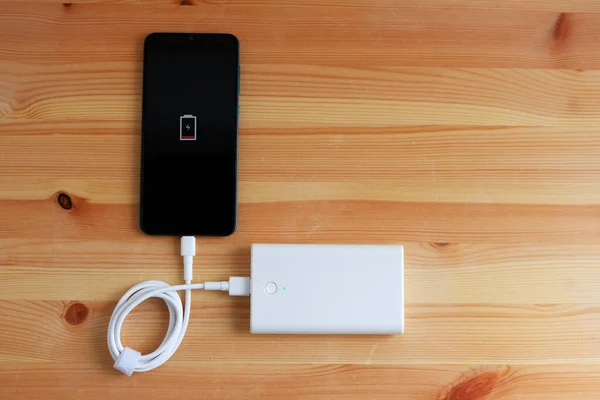
Airport charging stations are like parking spots at the mall during the holidays — scarce when you need them most. A fully charged phone, tablet, or laptop gives you hours of entertainment during delays and ensures you can stay connected for rebooking or communication.
Portable battery packs provide extra insurance for extended delays.
Understand Your Airline’s Policies

Know your airline’s rules about rebooking, compensation for delays, and what they’ll cover during overnight delays. Some airlines provide meal vouchers or hotel rooms for certain types of delays, but you often have to ask for these benefits.
Reading the fine print beforehand means you know what to request when problems arise.
Like Travel Pug’s content? Follow us on MSN.
Plan Buffer Time for Connections

Booking connections with less than an hour between flights is like scheduling back-to-back meetings in different buildings — theoretically possible but practically risky. Give yourself at least 90 minutes for domestic connections and 2–3 hours for international connections.
Missing a connection because you tried to save an hour often costs you an entire day.
Bring Empty Water Bottles and Snacks

Airport food prices can make your wallet cry, and limited dining options during early morning or late evening hours leave you hungry and cranky.
An empty water bottle can be filled after security, and non-perishable snacks keep you fueled during unexpected delays. Think of it as packing a travel survival kit.
Stay Flexible and Keep Backup Plans
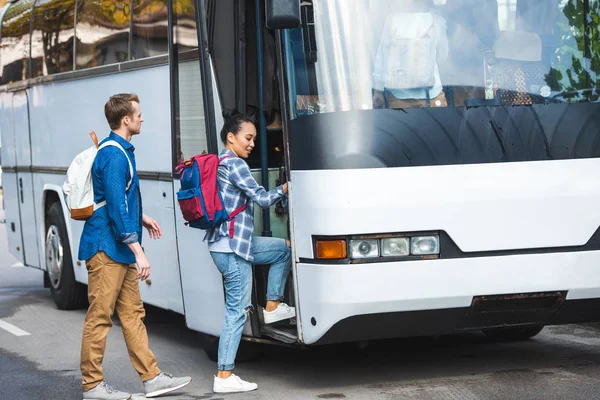
Rigid travel expectations often lead to frustration when delays inevitably occur. Build extra time into your overall trip schedule and have backup plans for important events.
Flexibility turns delays from disasters into minor inconveniences, and maintaining a calm attitude often helps airline staff be more willing to assist you.
Like Travel Pug’s content? Follow us on MSN.
Your Journey Starts Before You Leave Home
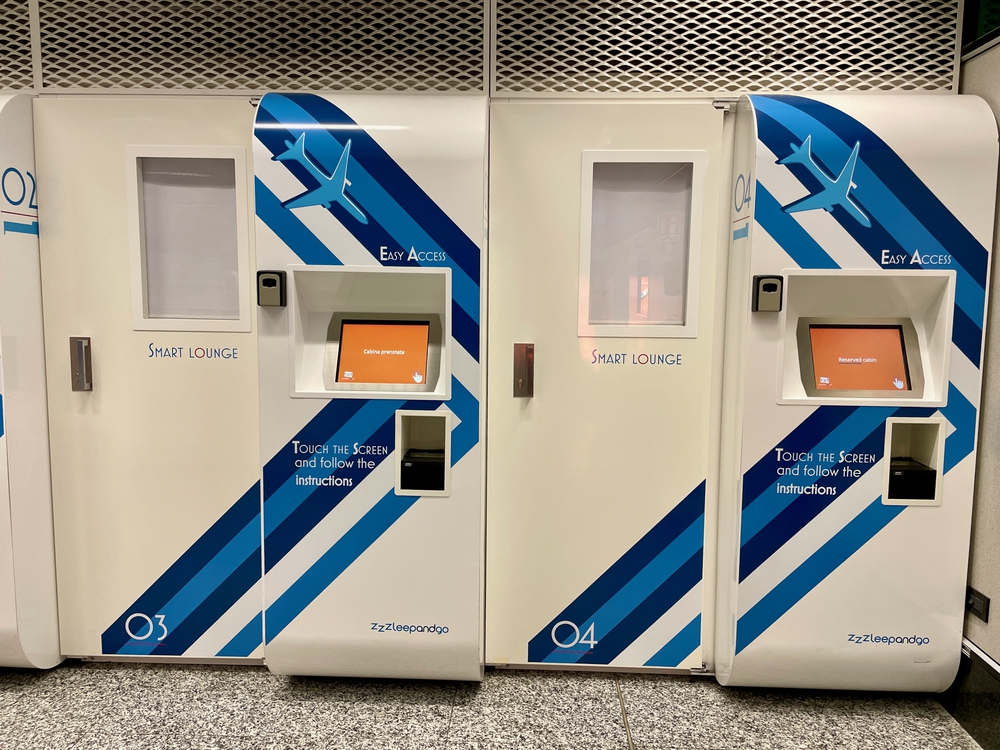
Modern air travel shares similarities with the early railroad days — it’s a revolutionary transportation that occasionally faces delays and complications. The difference today is that smart travelers can use technology and preparation to avoid the most common problems that catch others off guard.
These strategies transform airport navigation from a stressful ordeal into a manageable part of your journey, letting you focus on the excitement of reaching your destination rather than the anxiety of getting there.
More from Travel Pug

- 20 Best Beach Towns in the Carolinas
- 13 Destinations Where Tourists Regularly Regret Their Trip
- 20 Things You Actually Get in First Class
- 20 Small Airports With Aviation Museums
- 20 Places in the U.S. That Are Perfect for a Reset Trip
Like Travel Pug’s content? Follow us on MSN.
